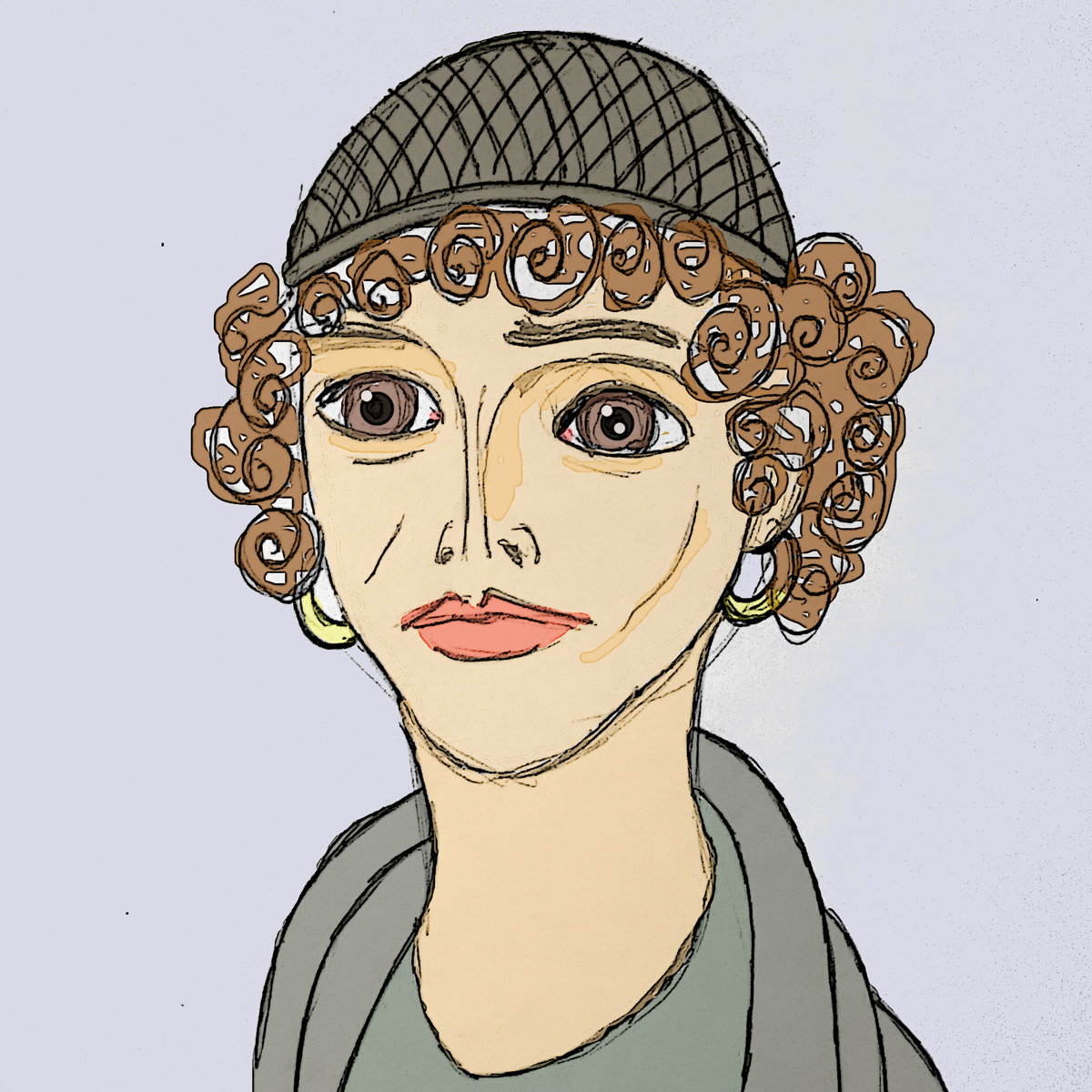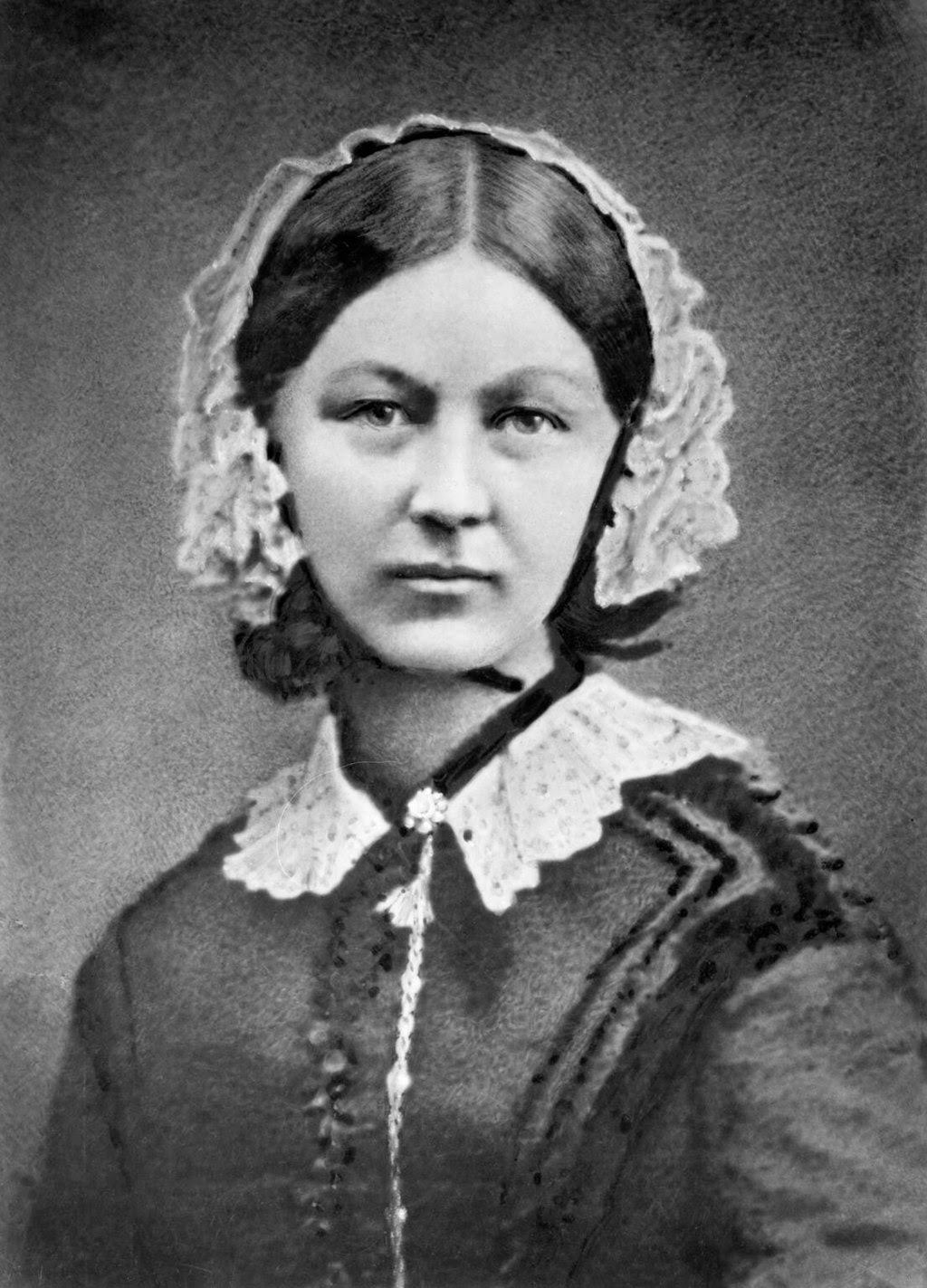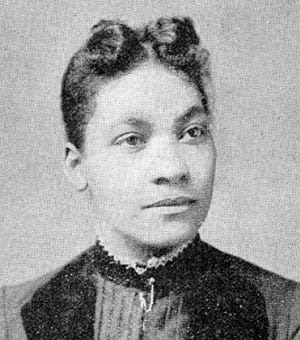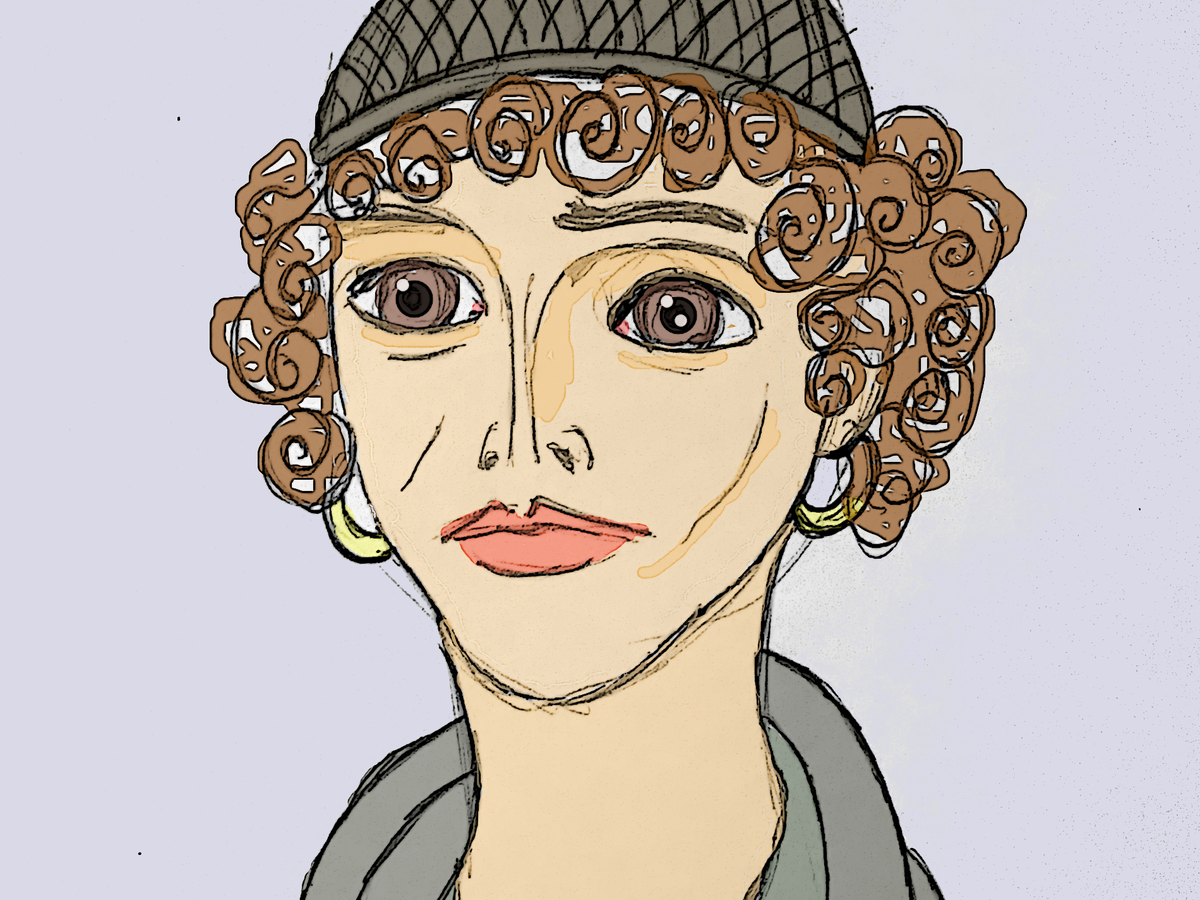April 7 is World Health Day which originated in 1948 from the First Health Assembly. Given the year that the world has had, 2021 focuses on “building a fairer, healthier world.” At Crimson Education we wanted to take this opportunity to remember the leaders who have paved the path for today’s women in the workforce. In healthcare, women now account for almost 70% of employed workers with the help of some iconic leaders throughout history.
To follow this journey of women in healthcare, we can start by traveling all the way back to Ancient Greece, a time when women were considered little more than property but still managed to defy the limits and succeed.

Metradora by Alzinous licensed under CC BY-SA 4.0.
Metradora is one of the earliest notable women in healthcare history. She was a Greek physician who lived around 200 – 400 CE and wrote the oldest medical book written by a woman that we know of so far. Her 63 chapter book is called On the Diseases and Cures of Women and she wrote about many medical concepts and observations. Her work covered various fields of medicine and even includes gynecology (women’s health). Her book was heavily influenced by Hippocrates, a Greek physician considered the father of medicine, and was widely referenced in the ancient world. Metradora performed a variety of medical duties as a surgeon, gynecologist, and midwife, unlike typical female healthcare workers of her time who were limited to childbirth duties. She was one of the few early physicians that were women, and she is remembered not only for her notable work that focused on women’s health but also as an icon for women employed in the healthcare field.
The 1800s were a time of many firsts for women and as a result, many iconic women leaders in healthcare that we know about were from this period.

Florence Nightingale (1820-1910), a name that has become synonymous with nursing, was one of these leaders. She was born into a wealthy family, raised in England, and was very invested in her education. She and her siblings were home schooled by her father (who attended Cambridge University). Despite her family’s disapproval, she pursued a medical education and became the first nurse. She is considered the founder of modern nursing and soon after her education, she took up the role of superintendent of nursing at King’s College and helped train more nurses. She and a group of 38 nurses later provided medical aid to soldiers and implemented sanitation procedures on the war front of the Crimean War in Turkey. As she cared for these soldiers from night to night, she became known as “The Lady with the Lamp”. Nightingale helped create more opportunities for women in the healthcare field, specifically in nursing, and set the standard for nursing education in the modern-day world.

Clara Barton (1821-1912) was born into a wealthy farming family and was encouraged to become a teacher. She quit teaching, though, when she found out that a newly hired male teacher at the school she worked at was going to be paid twice as much as she was paid. In addition to being an icon for women in the workforce and equal pay, she was also a strong supporter of women’s suffrage. Later, she was a Union nurse for soldiers during the Civil War and tended to the wounded and helped distribute supplies. She became the head nurse for a military unit, even without a formal nursing education, and she earned the nickname “Angel of the Battlefield”. In addition to being a leading female nurse in America, she later also found the American Red Cross after she visited the international Red Cross in Geneva. She adopted the principle of neutrality in providing aid to the wounded and served as the president of the American Red Cross for 23 years. To this day, the American Red Cross remains her legacy and continues to provide blood services, international services, disaster relief, health and safety training, and support for military families.

Image from Atkins HS News
Rebecca Lee Crumpler (1831-1895) is an icon for colored women as the first Black woman to earn a medical degree in the United States. Raised in Pennsylvania by an aunt who frequently treated her ill neighbors, Crumpler was inspired to pursue a career in healthcare. She first became a nurse and then a doctor. She earned her M.D. at the New England Female College, the only medical school in the country for women at the time, and became the first African American woman in America to do so in 1864. After the Civil War, she worked with the Freedmen’s Bureau to provide medical aid to freed African Americans in Richmond, Virginia. She served underprivileged Black communities that were often discriminated against by white doctors. Later, she moved to Boston and continued to practice medicine and care for those in her Black neighborhood. She even published a book on treating illnesses in women and children called A Book of Medical Discourses. Crumpler inspired many other African Americans to pursue higher educations and help their communities. As a colored woman, she also inspired women of various racial backgrounds to work in healthcare in America and around the world.
Even in the modern-day, women continue to lead the field of medicine in new directions. Many of our healthcare workers who have provided aid to victims of the pandemic and been at the forefront of research on COVID-19 are women.

Shi Zhengli licensed under CC BY 3.0.
Shi Zhengli (born 1964) is one such woman who has been named one of TIME Magazine’s 100 most influential people of 2020. She is a Chinese virologist who has been nicknamed “Batwoman” for her extensive studies on the linkage between SARS-COV viruses and bats. She graduated from Wuhan University and since the first SARS virus outbreak in 2002, Shi has dedicated herself to studying the virus and its origin. She has discovered many bat coronaviruses, notably in horseshoe bats, that are very similar to the SARS-COV- 2 virus and predicted multiple years ago that another bat-based coronavirus epidemic was possible. The Trump Administration had falsely attacked her lab for leaking the virus, even though her laboratory has been maintained with high standards and natural transmission of the virus from bats to humans is most likely the cause of the virus. Her studies on bats have actually proved useful tools during the pandemic to better understand the genetic sequence of the virus and the South China Morning Post even wrote that her work has given the world a “head start” in tackling the pandemic. With the help of women like Shi, we come closer to ending this pandemic and preventing future ones.
This blog was written by Crimson student, Bhuvana M., from the Bay Area. To read more of Bhuvana’s work, check out her blog: The Healthcare Hustle.


